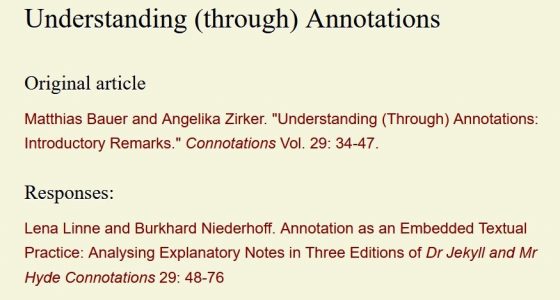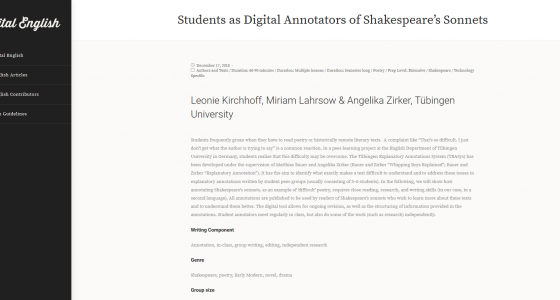Special Issue “Understanding (Through) Annotations”
Articles written in the context of the 15th International Connotations Symposium on “Understanding (Through) Annotations” (Tübingen, July 28 – August 1, 2019) will be published in a special issue of […]




